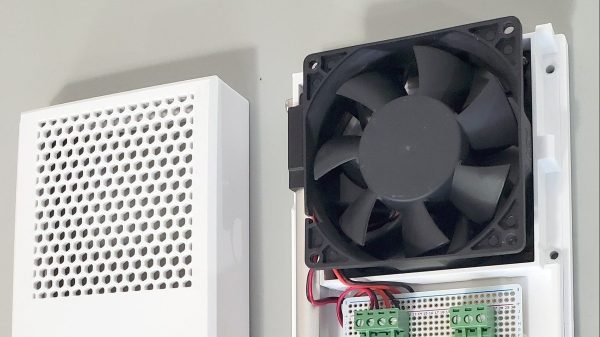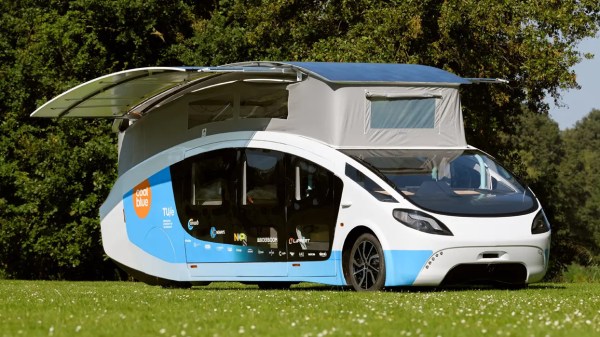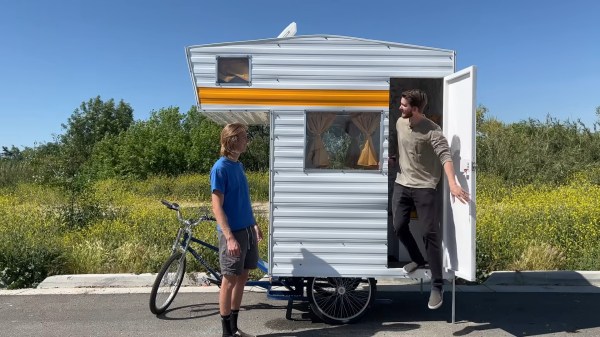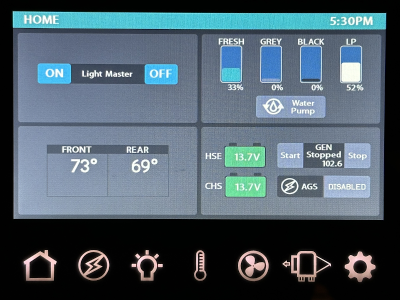Camper shells are a time-honored piece of truck gear, but with modern trucks having increasingly vestigial beds, the length of your overnight abode has increasingly shrunk as well. To combat this problem, [Ed’s Garage] built a camper shell that extends once you’ve arrived at your campsite.
[Ed] wanted to keep things relatively low profile while still tall enough to sit up in for convenience, leading to a small bit of the shell peeking over the truck’s roof. To keep the cold Canadian winter out, attention was paid to proper weather sealing around the sliding portion of the shell so that it stays warm and dry inside.
While this would work on any truck, the mains power plugs in the bed of some modern trucks mean that certain glamping conveniences like a heater and projector can be easily powered while you’re in camp. We get to see the camper shell in action at the end of the video where the pros and cons of having your sleeping space also being your storage while en route become apparent.
If you’re looking for something a little less conventional for your camping experience, how about this solar camper or this retro bike camper?
Continue reading “Want A Truck With A Short Bed And A Long Camper Shell?”



















